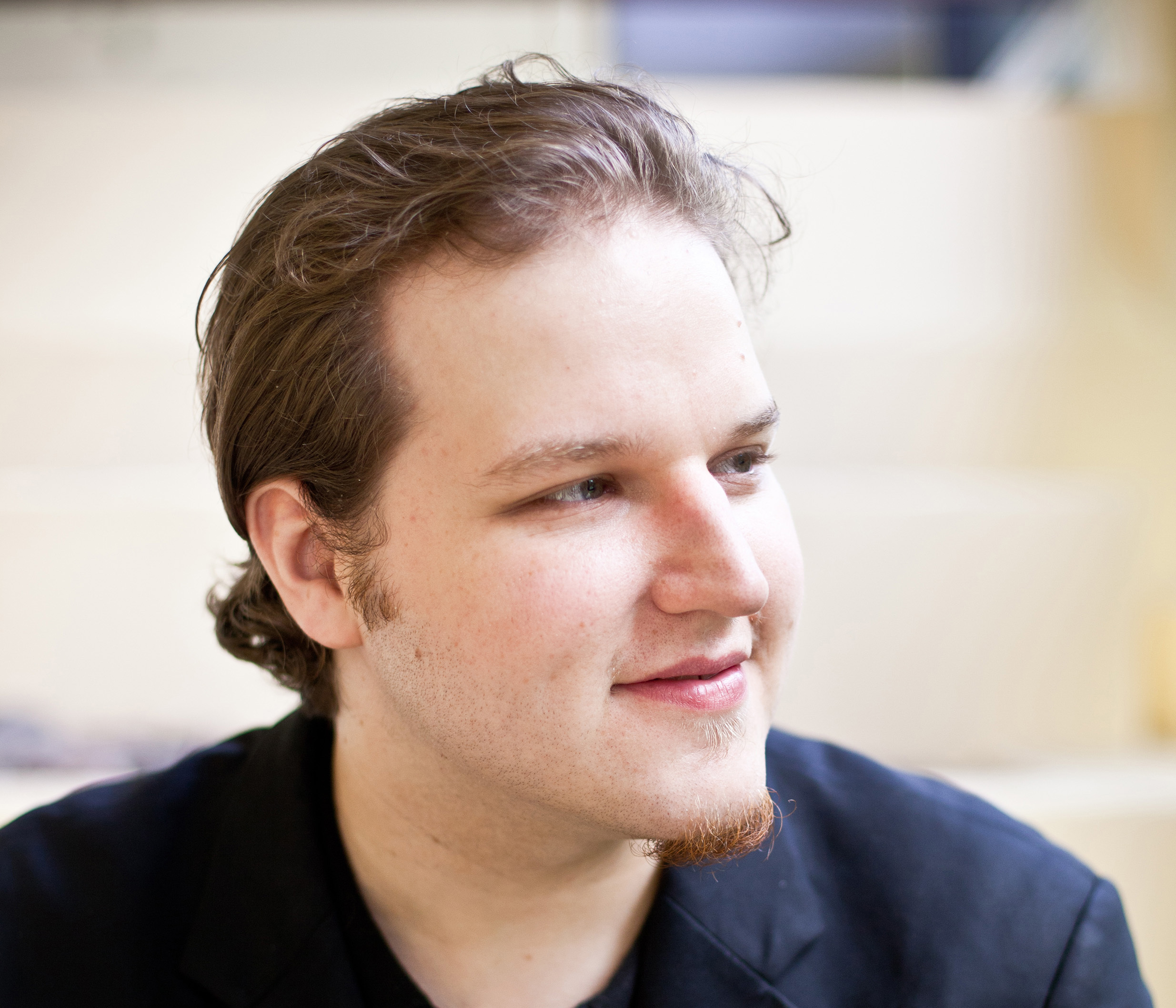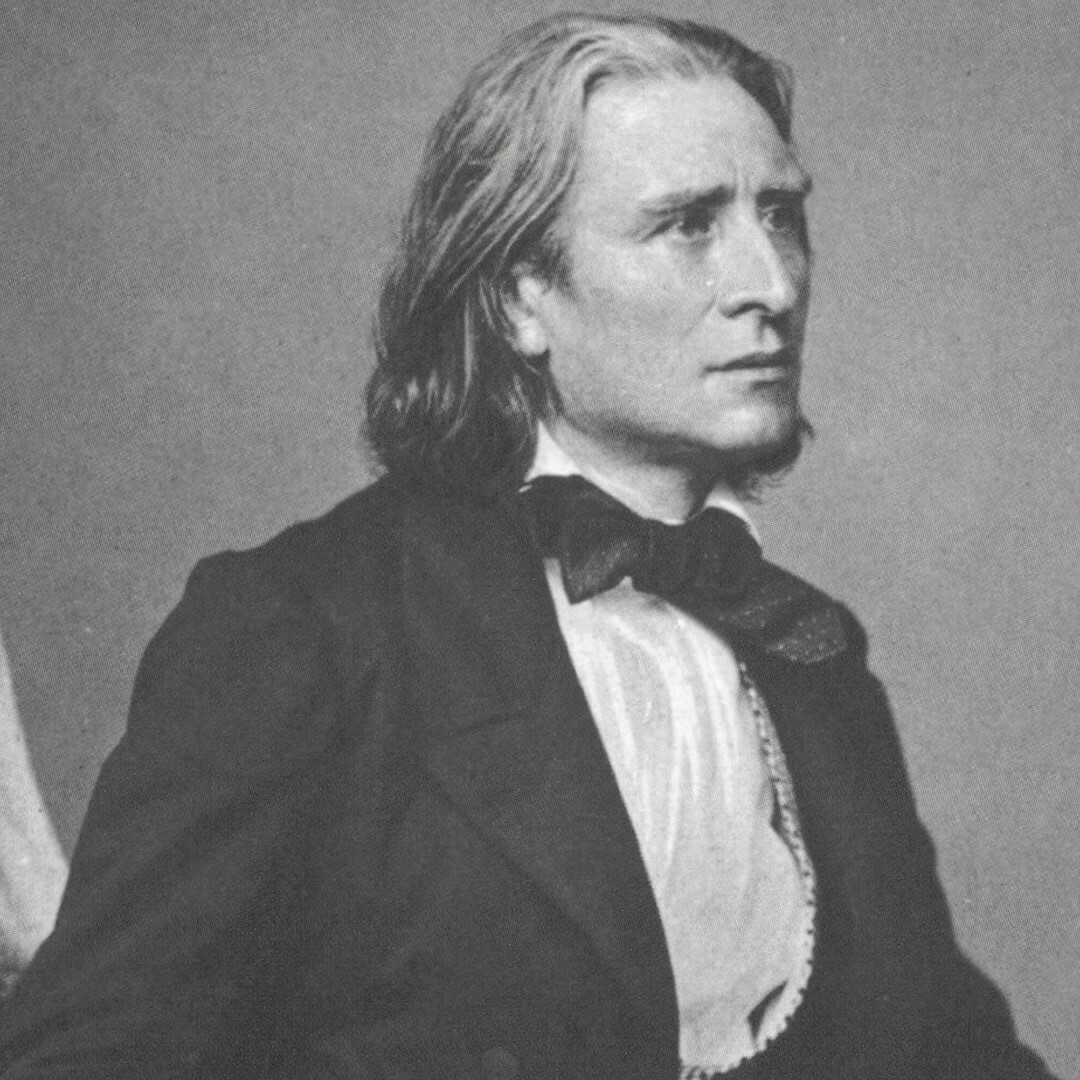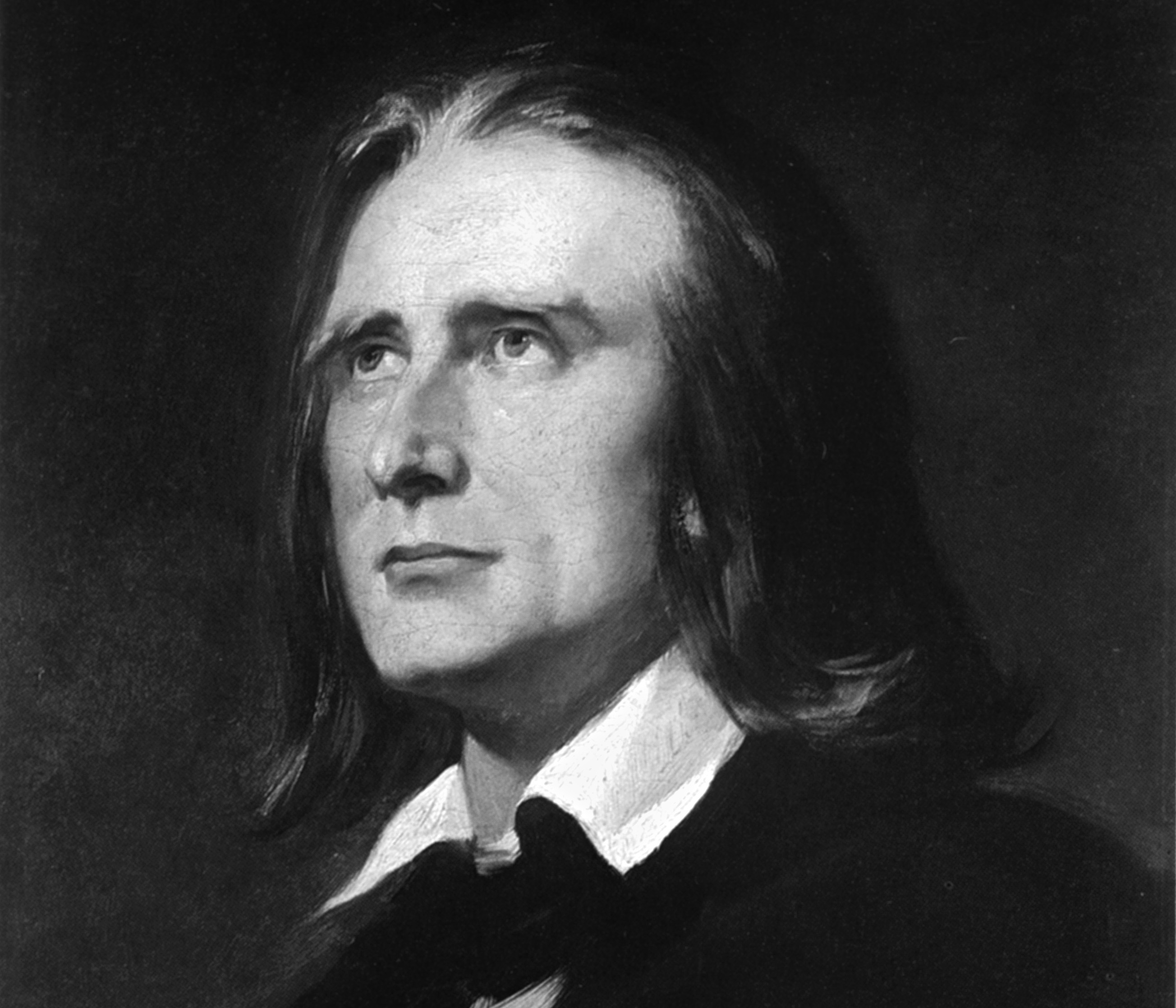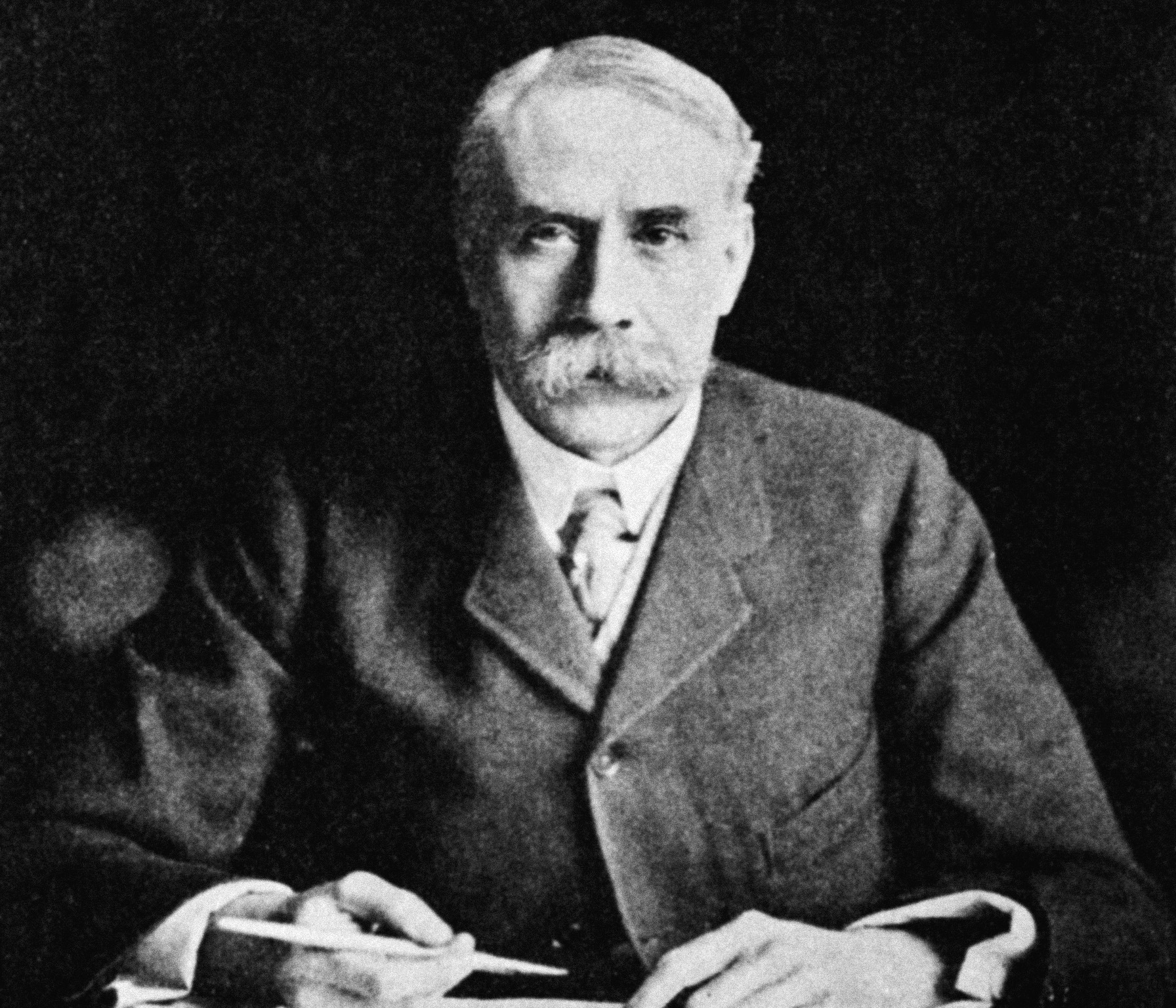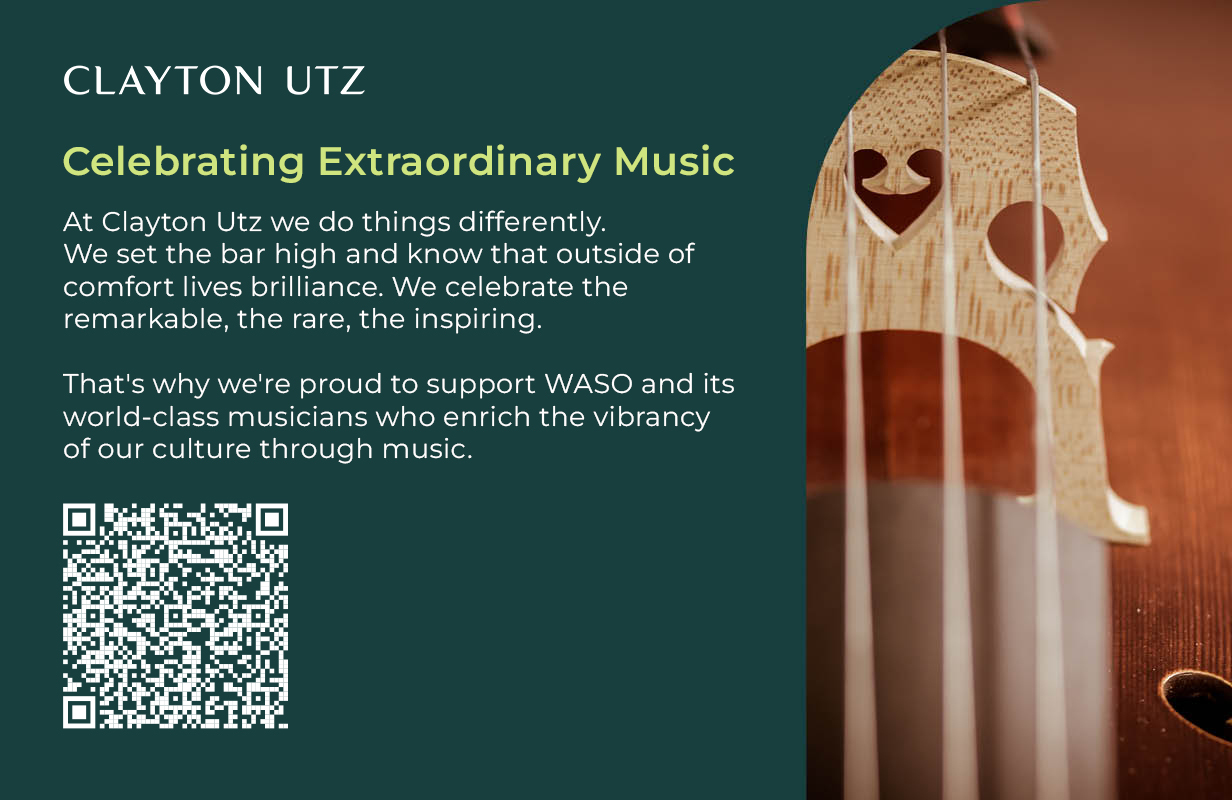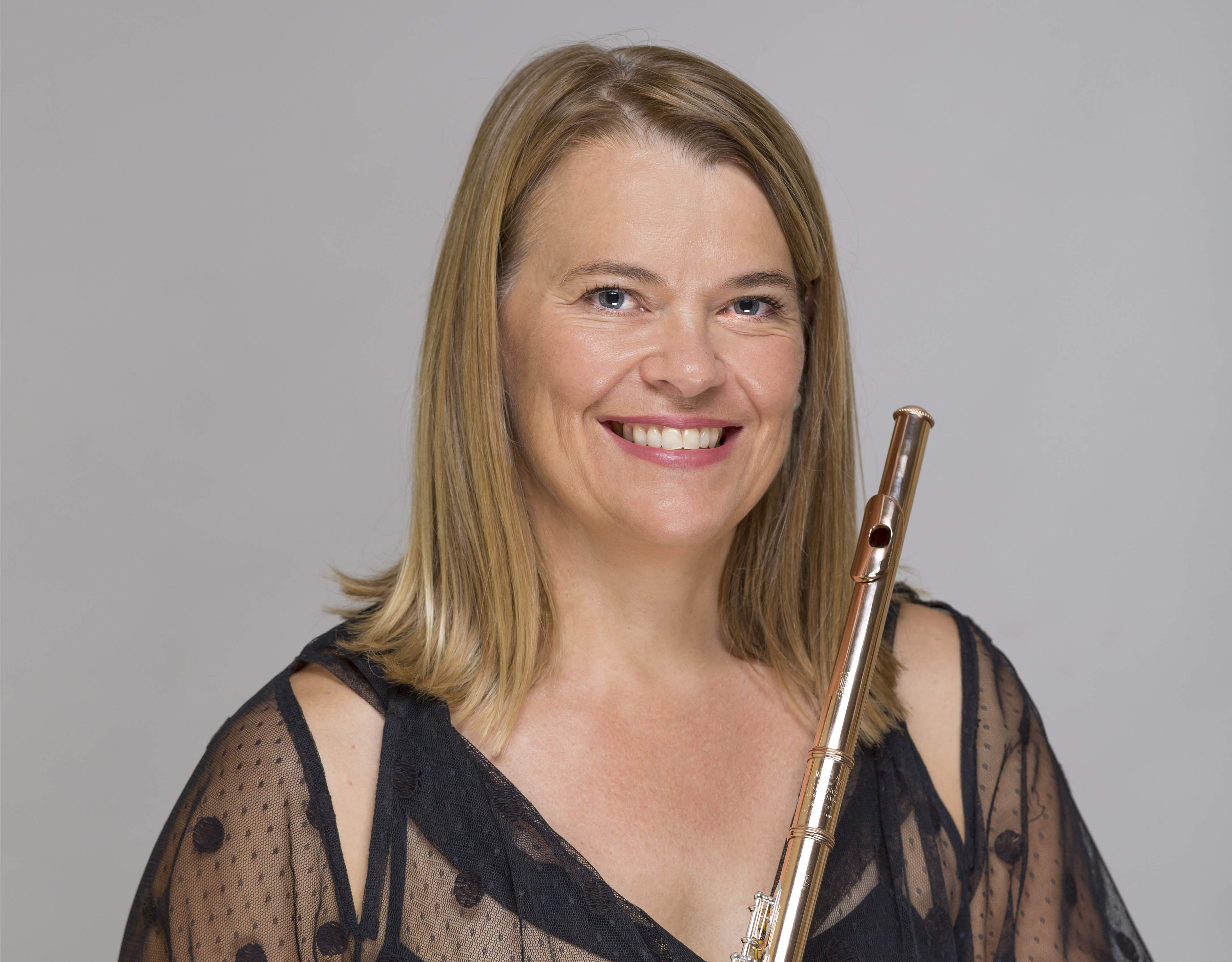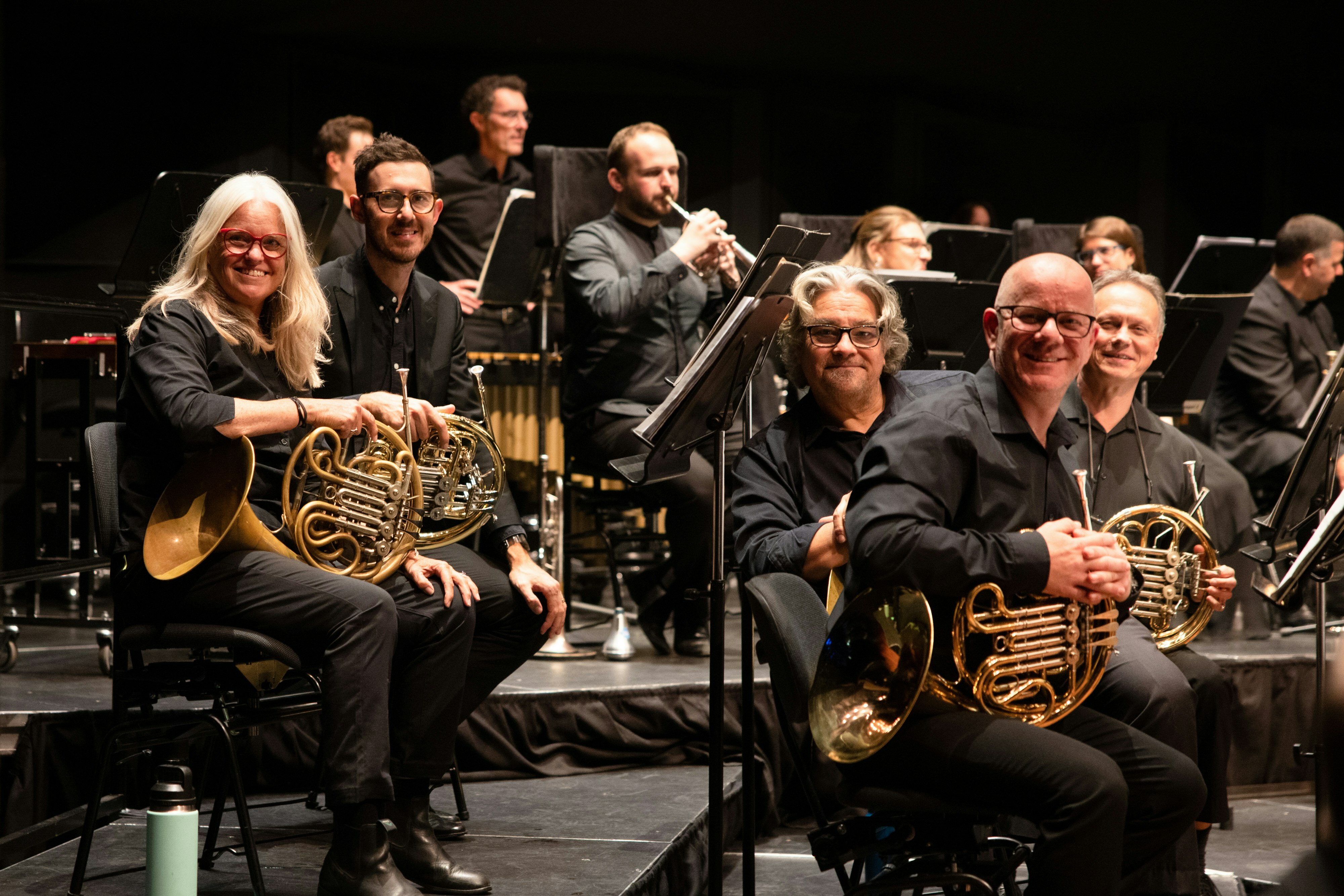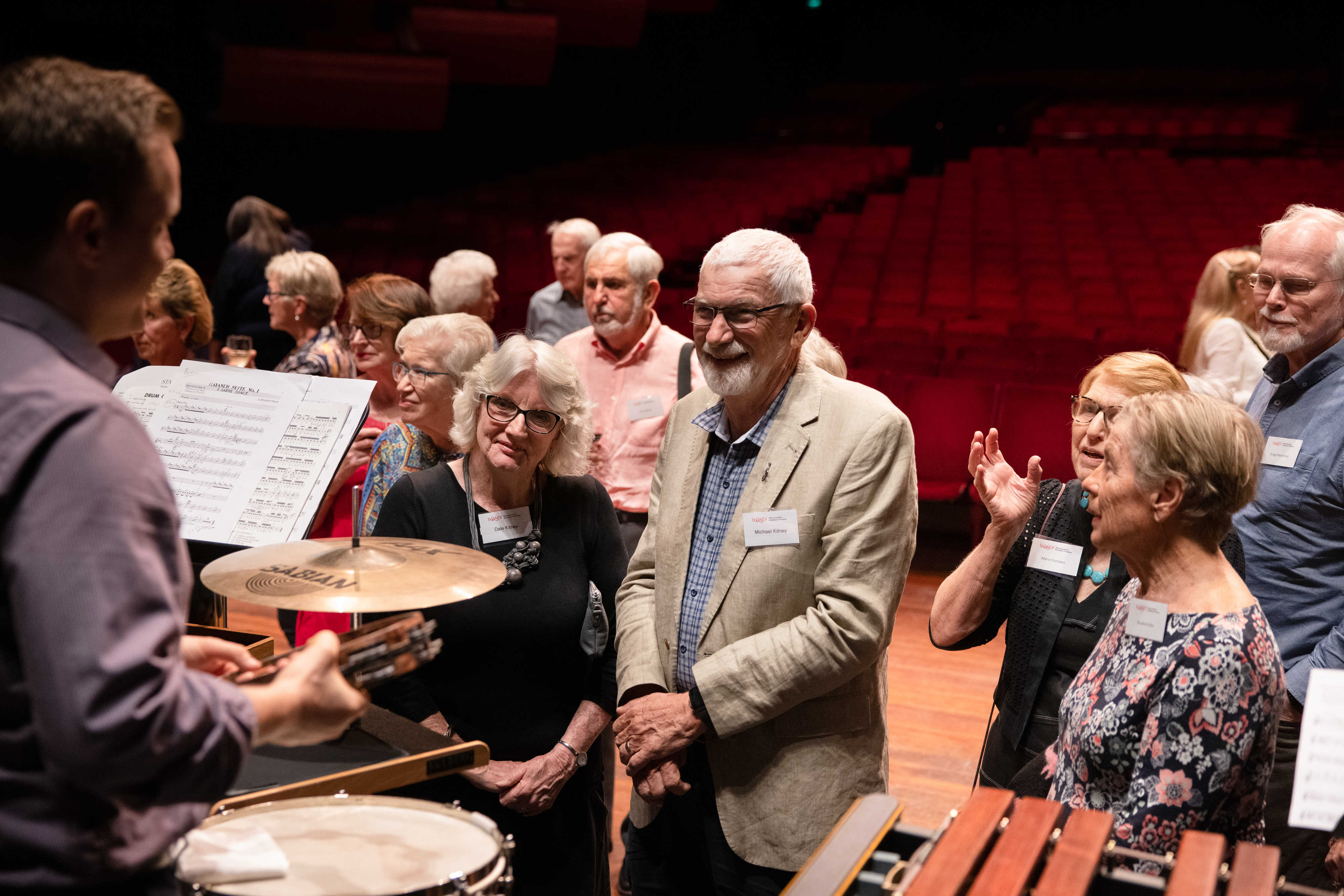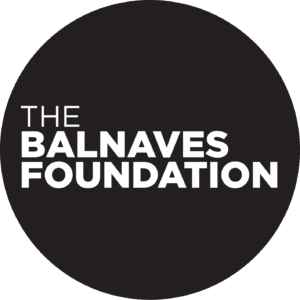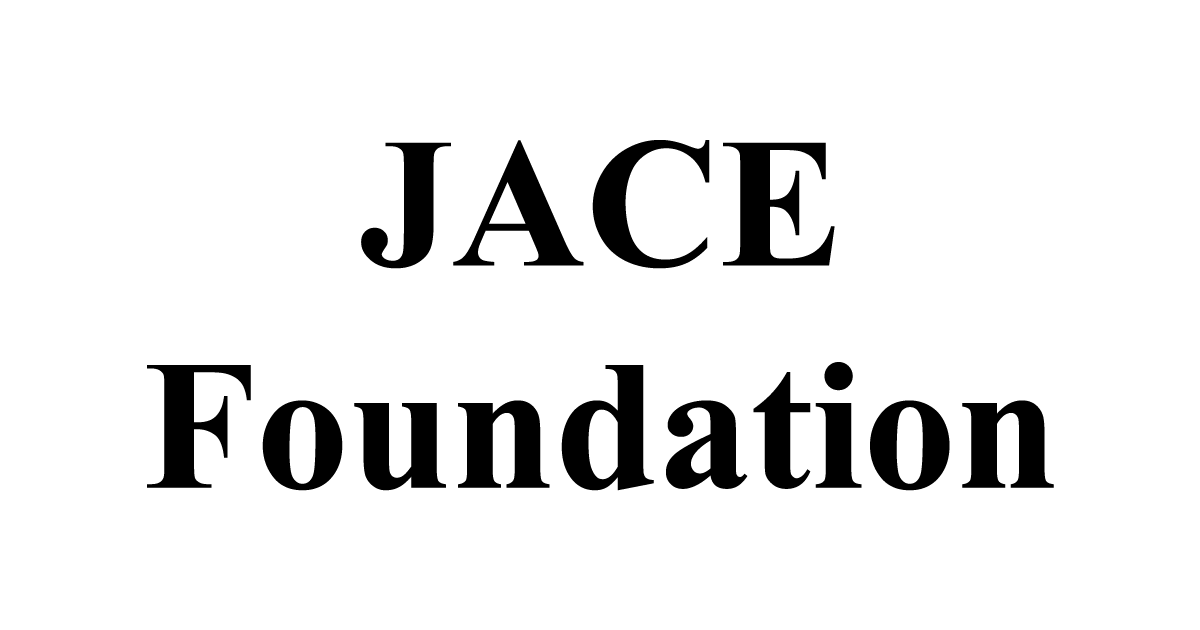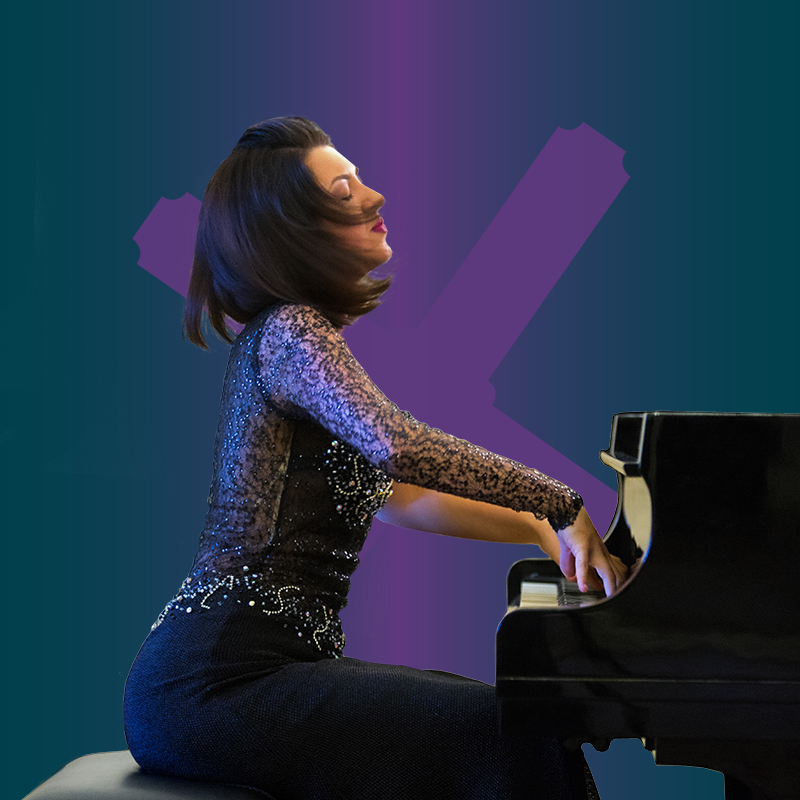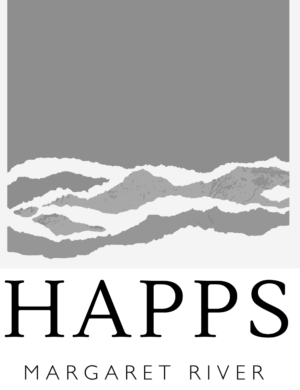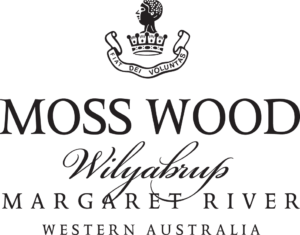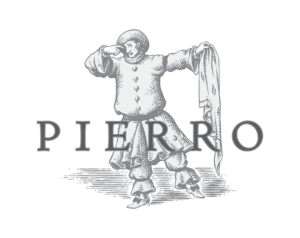Annual Giving
Chairman’s Circle
$25,000+
Prue Ashurst in memory
of Eoin Cameron
The Baker Family
Gavin Bunning Family
Dr Glenda Campbell-Evans
& Dr Ken Evans AM
Richard Goyder AO &
Janine Goyder
The Gregg Family
Jamelia Gubgub &
David Wallace
Janet Holmes à Court AC
& Gilbert George
Tony & Gwenyth Lennon
Louise & Bryant Macfie
Rod & Margaret Marston
Meg O’Neill, Chase Hayes
& Vicky Hayes
Joshua & Pamela Pitt
Rosalin Sadler in memory
of Joyce Durbin Sadler
Geoff Stearn
Jean & Peter Stokes
Ruth Stratton
Leanne & Sam Walsh AO
Alan Whitham
Trish Williams
Principal Conductor’s Circle
$10,000+
Gay & Robert Branchi
Catherine Dunn &
Barrie Heald
Brian & Romola Haggerty
Dale & Greg Higham
Jim & Freda Irenic
Ulrich & Gloria Kunzmann
Ken & Yuko Lucas
Kenneth Pettit
Rosalind & Lyndsay Potts
Dr Paul Rodoreda in
memory of Mary Rodoreda
Helen & Roger Sandercock
Gene Tilbrook &
Anne Seghezzi
Michael & Helen Tuite
John & Nita Walshe
Fred & Nicola Wehr
Unnamed (6)
Maestro Circle
$5,000+
Jean Arkley in memory of
Tom Arkley
Bend-tech Group
David & Suzanne Biddles
Dr John Blott
Stewart Candlish &
Bianca Panizza
Prof Rachel & Rev Dr
John Cardell-Oliver
Maree Creighton &
Kevin Davis
Stephen Davis &
Linda Savage
Louise Farrell OAM &
Eric Isaachsen
Bridget Faye AM
Marc Geary
Warwick Hemsley
Dr Penny Herbert in
memory of
Dunstan Herbert
Sue Hovell
Margaret & Peter James
Eleanor John &
Finn Barrett
Bill Kean
Keith & Gaye Kessell
Dale & Michael Kitney
Rosalind Lilley
Marie Mills &
Anthony Crocker
Mrs Morrell
Michael & Lesley Page
Paula Phillips
Wayne Robinson
Ruth E. & Neville Thorn
Reto Vogel
Unnamed (7)
Virtuoso Circle
$2,500+
Margaret &
Dr Fred Affleck AO
Neil Archibald &
Tony & Mary Beeley
Peter & Marjorie Bird
Professor Anne Burns
Prof Jonathan Carapetis
& Prof Sue Skull
Philip & Frances Chadwick
Anthea Cheney
Lesley & Peter Davies
Lorraine Ellard &
Ron Bade OAM
M & D Forrest
The Giorgetta Charity Fund
Robyn Glindemann
Maryllis &
Paul Green-Armytage
Peter Ingram
Roger Jennings
Francis Landels
Sunny & Ann Lee
Dr Mi Kyung Lee OAM &
Prof Colin Binns AO
LeMessurier Charitable
Trust
Roderick MacDuff &
Renate Drauz
Oliver & Sophie Mark
Val & Barry Neubecker
Anne Nolan
Rosemary Peek
Thomas & Diana Potter
Wendy Powles
Dr Lance Risbey
Anne & Robin Salter
Melanie & Paul Shannon
Elisabeth & David Smith
Michael Snell OAM &
Vicki Stewart
Clare Thompson &
Dr Brad Power
Peter & Jane Thompson
in memory of
Mrs Freda Stimson
Michelle Todd in memory
of Andrew
Mary Townsend
George Van Beek
Stan & Valerie Vicich
Leonard Walker
Joy Wearne
Fred & Caroline Witting
Sara Wordsworth
Andrew & Marie Yuncken
Unnamed (3)
Principal Circle
$1,000+
Suzanne Maree Ardagh AM
Moira Bailey
Ruth Bailey
Lisa & Glenn Barrett
Peter Bath
Noelle Beasley
Sarah & Colin Beckett AO
Ross & Alecia Benzie
Lea Bingemann
Margaret Bloch
E & P Boland
Cathy Bolt in memory of
Tony Bolt
K & C Bond
Archa Fox & Charlie Bond
Claire Brittain OAM &
John McKay
Ian & Marilyn Burton
Adrienne &
Phillip Buttrose
Joan Carney
David Castillo &
Marian Magee
Mr G & Mrs CE Chappelle
S Cherian
Dr Anne Chester
Jason & Su-Lyn Chong
Keryn & Frank Christiansen
Kenneth Clark
Jill Clarke
Peter & Sue Clifton
Lyn & Harvey Coates AO
Brenda Cohen
Dr David Cooke
Norah & Roger Cooper
Kaylene Cousins
Megan & Arthur Criddle
Michael & Wendy Davis
Monique De Vianna
Kevin Della Bosca
Kelly & Andrew Diong
Rai & Erika Dolinschek
Caroline Allen &
Sandy Dunn
Prof Robert Durand
Bev East
Pamela Eldred
Kerry & Norbert Fandry
OAM
Dr Jenny & Terry Fay
Susan & Gavin Fielding AM
Eléonore Fuchter &
Lothar Konle
Clayton Utz Foundation
George Gavranic
Andrea Gillett
Gilly Flower
Dr J S Gladstones AO
CitWA
Dr Anne Gray
Jannette Gray
Pitsamai & Kevin Green
Grussgott Trust
Shona Hall
Richard B Hammond
Pauline & Peter Handford
Max Hansen
Peter Hansen-Thiim
Dr & Mrs H Hansen-Knarhoi
Julie Harris
Rev Bill Hawley &
Dr Rev Georgina Hawley
John & Christine Hedges
Elizabeth & Eric Heenan KC
Barbie Henryon
Dallas & Alex Hickman
Dr John & Patricia Hill
Helen Hollingshead
Dr K & Mr J Hopkins OAM
Judith Hugo OAM
Judith & John Huppatz
Diane Johnson in
memory of Tim Johnson
Emy & Warren Jones
Danuta Julia
Patricia M King
Leonie Kirke
Nelly Kleyn
Tessa La Mela on behalf of
Tim Threlfall & Katie Hill
Yvonne Lamble
Irving Lane
Ross & Fran Ledger
Dr Oon Teik Lee
Ruth & Malcolm Leske
Lommers Engineering
Pty Ltd
Ian & Judith Lunt
Graham & Muriel Mahony
Denise Main
Dr Tony Mander &
Ms Loretta Byrd
Dr Walter Ong &
Graeme Marshall
Gregg & Sue Marshman
Geoff Massey
Andreas W. Merk
Con Michael AO in
memory of Betty Michael
Mrs Carolyn Milton-Smith
in memory of Emeritus Prof
John Milton-Smith
Dr Lesa Melnyczuk Morgan
Mr Geoff &
Mrs Valmae Morris
Jane & Jock Morrison
Dr & Mrs Peter Moss
Lynn Murray
Paul Nendick
Phuong N T Nguyen
G & I Nicholas
Marianne Nilsson
Jim & Wendy O’Neill
Peter & Chris Ormond
Robyn Owens
Adam Parker
John Paterson
Roger Paterson
Jane Patroni in memory
of Sue & John Dale
Tim Pavy & Cathy Cole
Ruth & Adrian Phelps
Charmian Phillips in
memory of Colin Craft
Alison Piacentini
Deborah Piesse
Italo Pizzale
Dr Richard &
Mrs Sharon Prince
Megan & James Phillips: in
memory of Sheena Prince
Dr Leon Prindiville
Jennifer Rankin
Eveline Read
James &
Nicola Ridsdill-Smith
Mark Ritter in memory of
Deborah Milton
Bryan & Jan Rodgers
Nigel & Dr Heather Rogers
Gerry & Maurice Rousset
OAM
Stephanie Rusyn in
memory of John Kobelke
Margaret & Roger Seares
Glenice Shephard
Eric Skipworth in
memory of
Virginia Skipworth
Dorothy Smith
Helen Smith OAM
Nick Handran Smith &
Elizabeth Allan
Paul Smith &
Denham Harry
Ross & Laurel Smith
Peggy & Tom Stacy
Alan & Jan Stewart
Brian Stewart
Joslyn Summerhayes in
Memory of Eileen Hayes
Summerlin Audiology
Janet & the late
Stephen Thackray
Ruth Thomas in memory
of Ken & Hazel Rowley
Rosemary Tomkinson
Clive & Beth Trott in
memory of
Judith Sienkiewicz
James & Rosemary Trotter
Christopher Tyler
Maggie Venerys
Geoff & Sandra Wackett
Jeremy Wade & Tara Mala
Adrienne & Max Walters AM
Diana & the late
Bill Warnock
Alan Westle in memory
of Jean
Moira Westmore
PJ & NB Wheeler-Hart
Dr Chris &
Mrs Vimala Whitaker
Barbara Wilcox
Dai & Anne Williams
Jean & Ian Williams AO
Janet Williams
Jim & Gill Williams
Dr Simon & Alison Williams
Judith Wilton &
David Turner
Hilary & Peter Winterton
AM
Peter Wreford
Zvi & Carmela Yom-Tov
Nancy York
Don & Leith Young
Unnamed (36)
Tutti Circle
$500+
Catherine Bagster
Bernard &
Jackie Barnwell
Michael & Nadia
Berkeley-Hill
Dr Caroline Bird &
Dr Jim Rhoads
John & Sue Bird in
memory of Penny Bird
Ms Davilia Bleckly
E & G Bourgault in
memory of Betty Sagar
Diane Brennan OAM
Phil Burrows
Christine Burson
Ann Butcher &
Dean R Kubank
Jennifer Butement in
memory of
Margaret Butement
Michelle Candy
R & R Cant
Fred & Angela Chaney
Lynette Clayton
Barry J Cobb
Penelope Colgan
John Collins
Annette Cottee
Rev Des Cousins
Carole & John Cox
Ron Crittall in memory of
Penny Crittall
Brett Davies
Adrian De Graaf
Lee Delaney
Hanneke & Jop Delfos
Stephen Dennis &
Daniel Parker
Simon Douglas
Julie Easton
The Hon. Richard Philip
Eaton
Stuart Evans
Sue & David Forster
John & Margaret Freeman
Jennifer &
Stephen Gardiner
Neville & Jane Gibbs
Frank Glass &
Linda Colville
Dr Barry Green
Gwenyth Greenwood
Rosemary Grigg &
Peter Flanigan
Ann Hammer
Paul & Barbara Harris
Peter Harris
Alan Harvey &
Dr Paulien de Boer
KR & VJ Harvey
Patricia Hashim
Diana Hastrich
David & Deborah Hayes
Siew-Mung Ho
Karl Hombergen &
Jane Hutton
Jan & Walter Hunter
Lorna & Jonathan Hurst
in memory of
Barbara Hurst
Drs Paul & Janis Jansz
John Jarvis
Cynthia Jee
Lynn & Michael Jensen
Michael &
Josephine Jones
Dr Susan M Joubert
Dr Ursula Kees
Bob Kelliher
C & V Kennedy
B M Kent
Miriam & Lou Landau
Dr Warren Lilleyman
Mary Ellen in memory of
Kerensa
Mal Macey
Stuart Macklin & Peter Lyle
Robyn Main
David Marmont
Pam Mathews &
Dr Mark Brogan
Cynthia McCumiskey
G & K McGregor
Gaye & John McMath
Annie Medley
Terence Middleton
Patricia & Kevin Morgan
Bruce & Margaret Murdoch
John Overton
Marjan Oxley
Matthew Pearce &
Kim Denham
J Pinnow
Rosie Reeman
Eril Reid
Patricia Rigo
Kim & Annemarie
Riseborough
Clare Bannister &
Will Riseborough
Trudy Robins
Geraldine Roxburgh
Chris & Serge Rtshiladze
Allison Selman
Steve & Jane Sherwood
Helen Shilkin-Reinhold
Andrew Shoemack
Jan Sillence
Hendrik Smit
Alison & Neville Sparrow
John & Elizabeth Spoor
Leon Tang
Ian & Di Taylor
Lisa Telford
Amanda &
Desmond Thompson
Gavin Toovey
Judith & Rod Tudball
Heather & Jim Tunmore
Agatha van der Schaaf
Robyn & Loren White
Deborah Wiseman
Margaret Wood
Jacquie Wright
Andrew Yeates
Michael Young
Dr Susan Young
Unnamed (41)
Friends Circle
$40+
1,064 Members
The Instrument Fund
John Albright & Susan Lorimer – EChO Double Bass and set of Trumpets
Dr Glenda Campbell-Evans & Dr Ken Evans AM – Tenor Trombone
Peter Ingram – Piccolo
Deborah Marsh – Conductor’s Podium and Cor Anglais
Margaret & Rod Marston – Bass Clarinet
Peggy & Tom Stacy – Cor Anglais and Piccolo
Jean & Peter Stokes – Cello, Tuba, Tenor Trombone, Bass Trombone, Wooden Trumpet, French Horn and Music Score Folders
Legacy
We honour those who have made a visionary commitment to safeguard our future, through a capital gift to the Endowment fund or by providing for WASO in their will through the Symphony Circle.
Legacy gifts are preserved within the fund in perpetuity, ensuring a community filled with the beauty of symphonic music for future generations.
Major Gifts
Tom & Jean Arkley
Bendat Family
Foundation
Gavin Bunning Family
Janet Holmes à Court AC
Minderoo Foundation
Rod & Margaret Marston
Rosalin Sadler
Sagitte Yom-Tov Fund
In memory of Francis
Edward Yeomans
Estates
Lee Bickford
Rachel Mabel Chapman
S & J Dale
Sandra Grey
Malcolm Hood
Clive Knight
Paul Lee
Tony & Gillian Milne
Anna Nottage in memory
of Edgar Nottage
Wendy Scanlon
Judy Sienkiewicz
Roslyn Warrick
Unnamed (7)
The Symphony Circle
Julian Agafonoff &
Julian Agafonoff &
David Escott
Kevin ‘Joe’ Blake
Davilia Bleckly
Jon Bonny
Dr G Campbell-Evans
Deirdre Carlin
Phillip & Frances Chadwick
Fleur Challen
Dr Anne Chester
Anita & James Clayton
Lesley & Peter Davies
Dr Michael Flacks
John Foster
Judith Gedero
Robyn Glindemann
Gwenyth Greenwood
The Guy Family
Angus Holmes
Roger Jennings in
memory of
Lilian Jennings
Emy & Warren Jones
Barbara Joseph
Colin & Jo King
Rachael Kirk & Tim White
Wolfgang Lehmkuhl
Stewart Lloyd
Dr Mary Ellen
MacDonald
Anne & William MacLeod
Deborah Marsh
Lesley & Murray McKay
Suzanne Nash
Paul Nendick
Paula Phillips
Wayne Robinson
Jan & Bryan Rodgers
Nigel & Dr Heather Rogers
Rosalin Sadler in memory
of Joy & Allan Sadler
Ross & Laurel Smith
Peta Saunders
Jacinta Sirr-Williams
Susan Stitt
Ruth Stratton
Ruth E. & Neville Thorn
Gavin Toovey & Jaehan Lee
George Van Beek in memory
of Robyn Van Beek
Agatha van der Schaaf
Sheila Wileman
Sagitte Yom-Tov Fund
Unnamed (52)
Every effort is made to ensure our Giving List is accurate; however, should you notice an error please contact our Philanthropy team on (08) 9326 0016.



